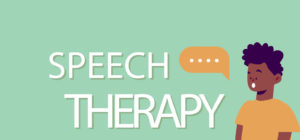Famous names like Moses, Marilyn Monroe, Winston Churchill, and King George VI all had one thing in common, they all stuttered! While stuttering is well-known, the onset and progression of this speech disorder in children has remained less understood. A study, led across Australia and the UK and published in the American Journal of Pediatrics, sheds light on the onset and early stages of stuttering—though, as with all research, it’s raised intriguing new questions.
Stuttering, marked by speech interruptions like hesitations and repetitions, is a speech disorder that starts early in childhood. Prior studies suggested many children naturally “grow out” of it, but their study shows that’s less common than previously thought. They found, by age four, 11.2% of children started stuttering—double previous estimates. Interestingly, children who stutter often have stronger non-verbal and language skills compared to their peers.
Their study used a unique approach. Instead of recruiting children only when they presented for treatment, they recruited 1,910 infants before any signs of stuttering appeared. This approach allowed them to track each child’s development, asking parents to notify them of any signs of stuttering around the child’s second birthday. They then verified stuttering presence each month over the next year, finding that only 6.3% of children recovered within the first 12 months after onset. Furthermore, they found no noticeable effects on children’s social or emotional development in the first year of stuttering.
These findings highlight a few takeaways: stuttering is more common among young children than previously thought, it typically doesn’t impact early mental or social health, and many children who stutter exhibit higher language and cognitive skills. Given these insights, the standard approach of waiting 12 months before beginning treatment (as recommended by the Lidcombe Program) remains a sensible approach unless the child shows distress, reluctance to communicate, or parental concerns.
For now, this “watchful waiting” gives clinicians and parents more insight into when intervention may be necessary, helping to target resources for those who may need them most.




